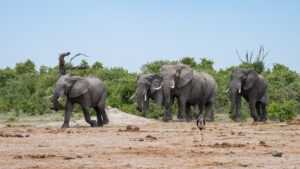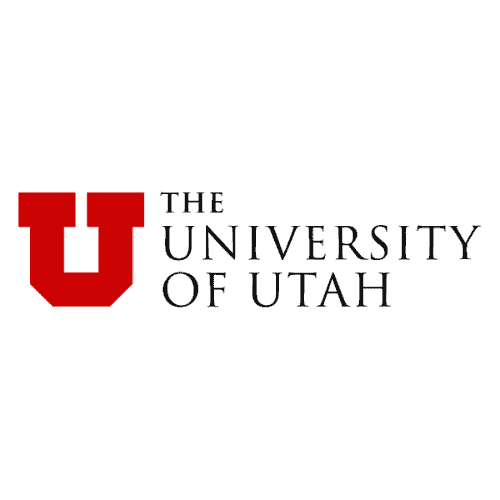
Many rare and endangered birds make their home here, a UNESCO Biosphere Reserve on the edge of Tonle Sap, Southeast Asia’s largest freshwater lake. During the monsoons, water levels rise 30 feet in the lake, which harbors populations of black-headed ibis, painted storks, milky storks, and spot-bellied pelicans. But, when the rains stop, Prek Toal goes dry.
A thriving trade in chicks and eggs supported many local families until 2001, when government officials clamped down on bird hunters and egg collectors. Now, five years later, bird populations have soared, and the poachers have found jobs as rangers. Protecting birds, rather than exploiting them, has produced incomes four times what local people earned from illegal trading. And because of their intimate knowledge of the area and of bird habits, these poachers-turned-rangers are undeniably the most able bird conservationists available.
Working from treetop platforms, armed with binoculars, they count birds and watch for poachers. The few poachers who have been caught in the ensuing years have been sentenced to work as rangers without pay.
Poaching at Prek Toal has been nearly eliminated, and the villagers, who are now employed to care for the birds, readily admit they love their charges and would never inflict the harm they once did in order to support their families.
 Christian Science Monitor
Christian Science Monitor

